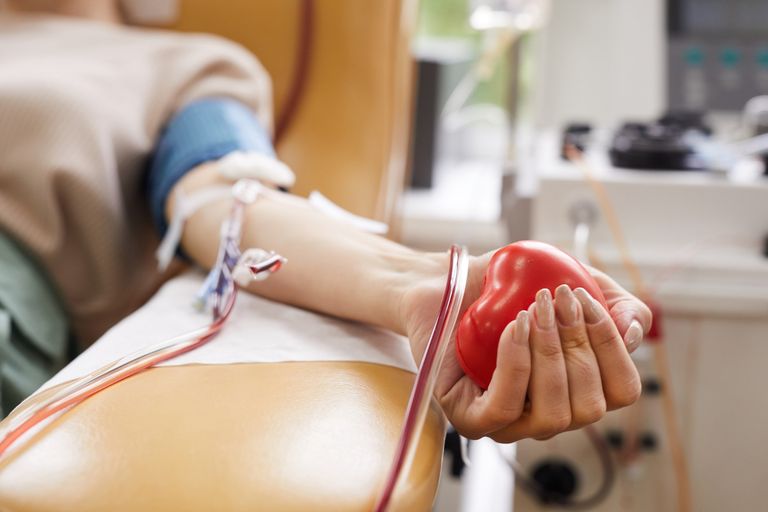A blood and bone marrow cancer that often develops silently

June 23, 2025
Reading time: 2 minutes
In 1847, German pathologist Rudolf Virchow used the word “Leukämie” for the first time, literally meaning “white blood.” This term described the milky appearance of the blood in some patients, caused by an abnormally high presence of white blood cells, often accompanied by swelling of the spleen and lymph nodes. It was one of the first steps toward understanding this unique blood cancer.
Leukemia is a cancer of the blood cells, which are produced in the bone marrow, the soft tissue located at the center of the bones.
This is where hematopoietic stem cells are born, capable of developing into red blood cells, white blood cells, or platelets.
In leukemia, a malfunction occurs. Some cells become cancerous, multiply uncontrollably, and prevent the normal production of healthy cells.
As a result, the blood becomes saturated with immature cells that are unable to perform their functions, affecting immunity, tissue oxygenation, and blood clotting.
There are several forms of leukemia, classified according to:
The treatment plan for leukemia depends on the diagnosed type. It generally includes:
These treatments are often long and physically demanding, requiring regular medical and psychological support.
Thanks to research, new treatments are emerging, improving patient survival and quality of life.
The fight against leukemia doesn’t take place only in laboratories.
It also relies on solidarity, support, and the commitment of everyone.
Donating blood, joining the bone marrow donor registry, or making a financial donation to a dedicated association…
every gesture counts.